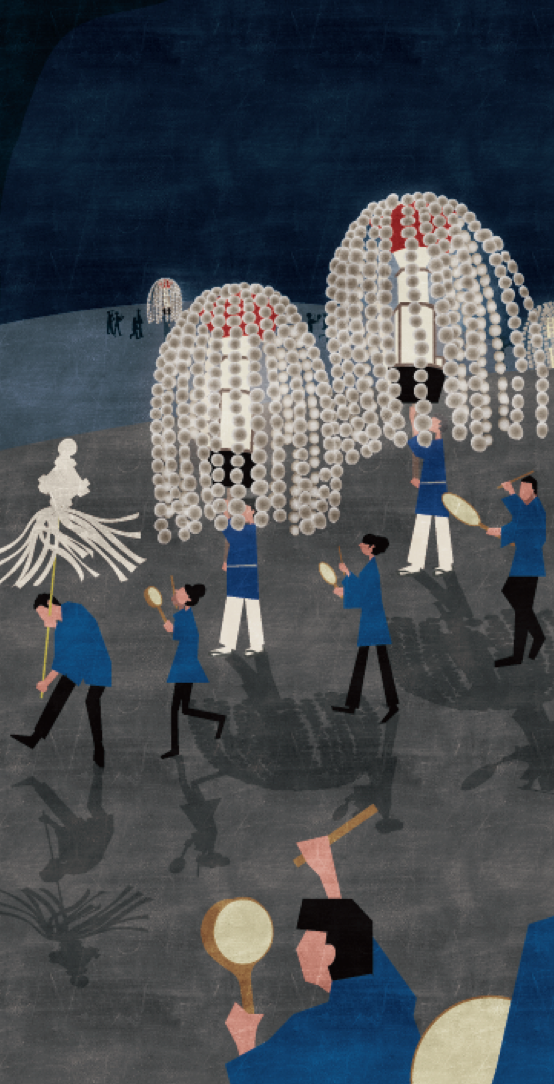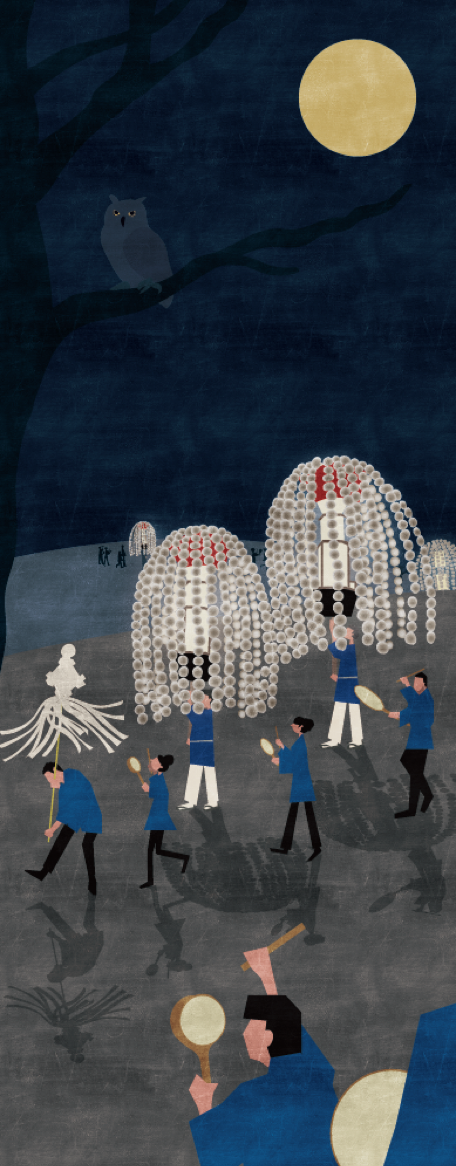National Federation of UNESCO Associations in Japan: Heritage for the Future
Based on the spirit of the UNESCO Constitution, the Citizen’s UNESCO Project strives to achieve a stable and prosperous society by opposing wars and contributing to the creation of rich and appealing communities. Through such activities, the ultimate goal of the project is to achieve global peace.
However, even as global acceleration continues to accelerate on a worldwide scale and creates a more closely-knit global society, we are losing the prospects for a bright future due to terrorism, economic recession, and other issues which divide people. Regional society in Japan has also lost its vigor due to the wave of depopulation, a declining birthrate, and an aging population. More than anything, cultural and natural heritages which have been built throughout Japan’s long history are being lost rapidly, and there are many cases in which such heritages are in danger of dying out with the current generation.
The Future Heritage Project places the spotlight on rich gifts of Japanese society; specifically, cultural heritages that have been woven by people throughout a long history, and natural heritages which show the wisdom and ingenuity of people living together with nature. By stimulating people’s desire to convey these heritages to future generations, the project seeks to shape a new era in Japanese history.
National Federation of UNESCO Associations in Japan http://unesco.or.jp/





